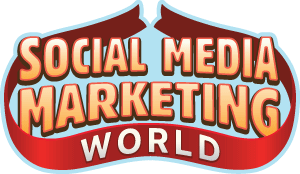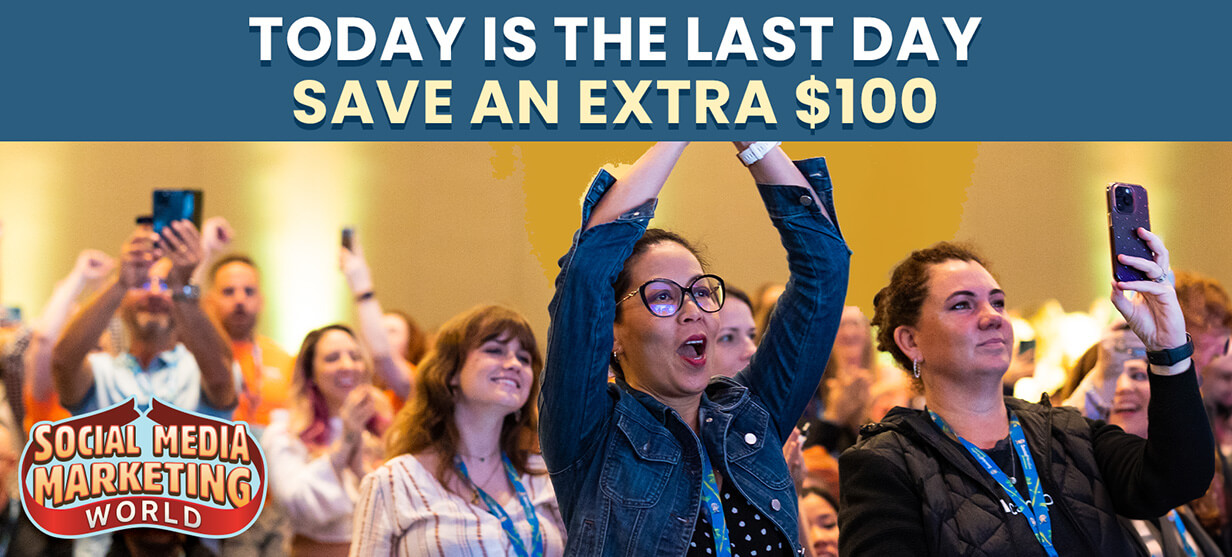
How to Create Persuasive Video Ads That Convert: Pattern Interrupts, Audience Callouts, and Hooks
Want to stop the scroll and engage your audience with video ads? Curious about the key elements that make a video ad irresistible?
While organic content remains valuable for long-term growth, paid video ads offer unique advantages you shouldn't overlook.
You can reach the exact audience you want to get in front of, and validate offers in days rather then weeks. Finally, once you find a winning video ad, you can scale your success by increasing ad spend.
With over two decades of video experience, including working directly with renowned marketer Russell Brunson, Anson has identified seven key psychological ingredients that make video ads convert.
Today, we're covering pattern interrupts, audience identification, and hooks.
Pro Tip: If you're worried that creating effective video ads will require expensive equipment or professional editing skills, you can set the worry aside. Today's smartphone cameras and simple editing apps allow anyone to create high-converting video ads.
#1: Pattern Interrupts That Stop the Scroll
In today's social media environment, you compete against an endless stream of content for your viewer's attention. The first crucial seconds of your video ad are make-or-break territory. This is where the psychology of pattern interrupts becomes essential.
Here are four types of effective pattern interrupt techniques, with examples, to try:
Visual Disruptions: Wave enthusiastically at the camera before speaking, use dramatic hand gestures or movements, and implement quick zooms or camera movements.
Create Unexpected Transitions: Use bold colors or striking visuals, add technical effects, implement glitch effects, or use VHS tape visual artifacts.
Add Static or Interference Effects: Create screen distortions, incorporate quick cuts or transitions and dramatic entrances, or match-cut from viral clips into your entrance.
Use Creative Transitions From Popular Content: Create unexpected scene changes, implement surprise reveals, use motion to draw attention, or introduce attention-grabbing props.
#2: Audience Identification
Even if you've carefully targeted your ad settings, stating who you're speaking to explicitly is crucial for engagement and conversion.
At the start of your video, clearly identify your target audience to activate a psychological trigger in your viewers: recognition response.
When viewers immediately know if the message is for them, they quickly self-qualify or disqualify, helping you create an instant connection with qualified prospects.
As more viewers self-qualify, the algorithm's AI systems better understand your target audience, which improves ad delivery to more relevant viewers, reducing wasted ad spend on unqualified viewers and enhancing overall campaign performance.
Here are three types of audience identification techniques, with examples, to try.
Direct Role Identification
Situation-Based Identification
Problem-Based Identification
#3: Hooks That Demand Attention
Next, you need a powerful hook to sustain your viewer's attention.
Here are seven types of hooks, with examples, that consistently drive engagement and prevent viewers from scrolling past your ad.
The Fact or Statistic Hook: Present surprising industry data, share unexpected research findings, reveal compelling market trends, or use numbers that challenge assumptions. For example: "Did you know that 87% of successful businesses already use this overlooked marketing strategy?"
The Objection Hook: Address common resistance points, challenge prevalent misconceptions, tackle industry myths head-on, or confront typical skepticism. For example: "Think Facebook ads don't work anymore for coaching businesses? Using this method, our clients just generated 127 qualified leads in the past 30 days."
The Pain or Desire Hook: Highlight urgent problems, address pressing challenges, emphasize aspirational goals, or touch on emotional triggers. For example: "Tired of working 60-hour weeks while watching your competitors scale effortlessly?"
The Polarization Hook: Challenge conventional wisdom, present controversial perspectives, question established practices, or offer alternative viewpoints. For example: "Websites are dead. Funnels are the new way to generate leads, and here's why..."
The Rhetorical Question Hook: Pose thought-provoking questions, challenge existing beliefs, stimulate self-reflection, or create cognitive engagement. For example: "What if everything you've been told about customer acquisition is wrong?"
The Strong Statement Hook: Make bold declarations, present powerful assertions, offer definitive perspectives, or state compelling truths. For example: "AI is about to make 90% of traditional marketing strategies obsolete."
For maximum impact, test hook combinations with small ad budgets to identify which resonates most strongly with your specific audience. For example, you can combine Audience ID with a strong statement hook and fact Hook: "To all e-commerce owners: Your website might be losing 67% of potential sales because of this overlooked mistake."
Check with us on Monday to learn three elements that establish credibility and drive action!
Today's advice is provided with insights from Kevin Anson, a featured guest on the Social Media Marketing Podcast.
P.S. Add
into your contacts list. Use Gmail?
We publish updates with links for our new posts and content from partners. Your information: Email:
Opted in on: 2021-09-06 17:03:43 UTC.








